Thessaloniki gets ready for its metro launch in November
The underground rapid transit lines have been under construction for almost two decades due to various project delays
 TheMayor.EU logo
TheMayor.EU logo Here are some good examples from Europe
Urbanization is inevitable for the modern world, but that does not mean citizens are turning their backs on nature.The United Nations claim that 2/3 of the world's population will live in cities by 2050. This means that it will become more and more difficult to cope with the enormous increase in urbanized areas and the loss of nature, so more and more efforts are being made in different ways to improve urban development and care about nature at the same time.
Take France, for example. The former Renault factory in Boulogne was turned into a school specially designed to promote flora and fauna. The building has a green roof creating healthy environment for the city's children and enables students to touch a true ecosystem.
In Italy, the new library of Milan will be full of trees and plants, not only books. There will be over 450 trees and 90,000 plants. “La Biblioteca degli alberi” will cover an area of 3,500 m² in the heart of the city and is scheduled to be ready in 2018.
In England, an £81m residential area in the southeast, with 2,450 new homes, is welcoming more wildlife. The housing development makes use of “swift bricks”, which allow birds to make nests without causing damage.There are houses for bats, sparrows other species built into the structure of the new homes. Another part involves corridors of hedges and spaces planted with wildflowers to attract bees and insects.
Source: World Economic Forum
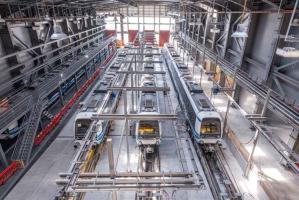
The underground rapid transit lines have been under construction for almost two decades due to various project delays

Now you can get your wine in Talence by paying directly in Bitcoin

That’s because the state has to spend money on updating the railway infrastructure rather than subsidizing the cost of the popular pass
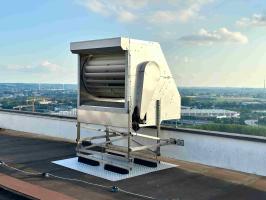
Rethinking renewable energy sources for the urban landscape
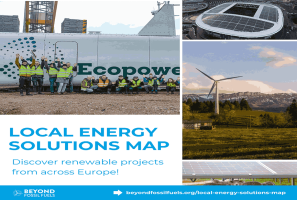
The examples, compiled by Beyond Fossil Fuels, can inform and inspire communities and entrepreneurs that still feel trepidation at the prospect of energy transition

Now you can get your wine in Talence by paying directly in Bitcoin

The 10th European Conference on Sustainable Cities and Towns (ESCT) sets the stage for stronger cooperation between the EU, national and local level to fast track Europe's transition to climate neutrality.

At least, that’s the promise made by the mayor of Paris, Anne Hidalgo

The underground rapid transit lines have been under construction for almost two decades due to various project delays

At least, that’s the promise made by the mayor of Paris, Anne Hidalgo

Hostal de Pinós is located in the geographical centre of the autonomous region

Despite its church-y name, the district has long been known as the hangout spot for the artsy crowds
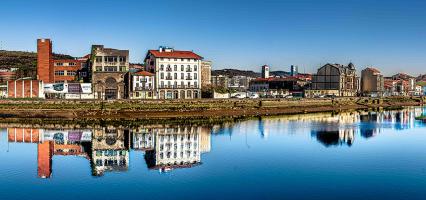
Urban dwellers across the EU are having a say in making their surroundings friendlier to people and the environment.
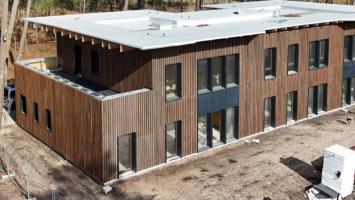
Forests in the EU can help green the European construction industry and bolster a continent-wide push for architectural improvements.

Apply by 10 November and do your part for the transformation of European public spaces

An interview with the Mayor of a Polish city that seeks to reinvent itself

An interview with the newly elected ICLEI President and Mayor of Malmö

A conversation with the Mayor of Lisbon about the spirit and dimensions of innovation present in the Portuguese capital














